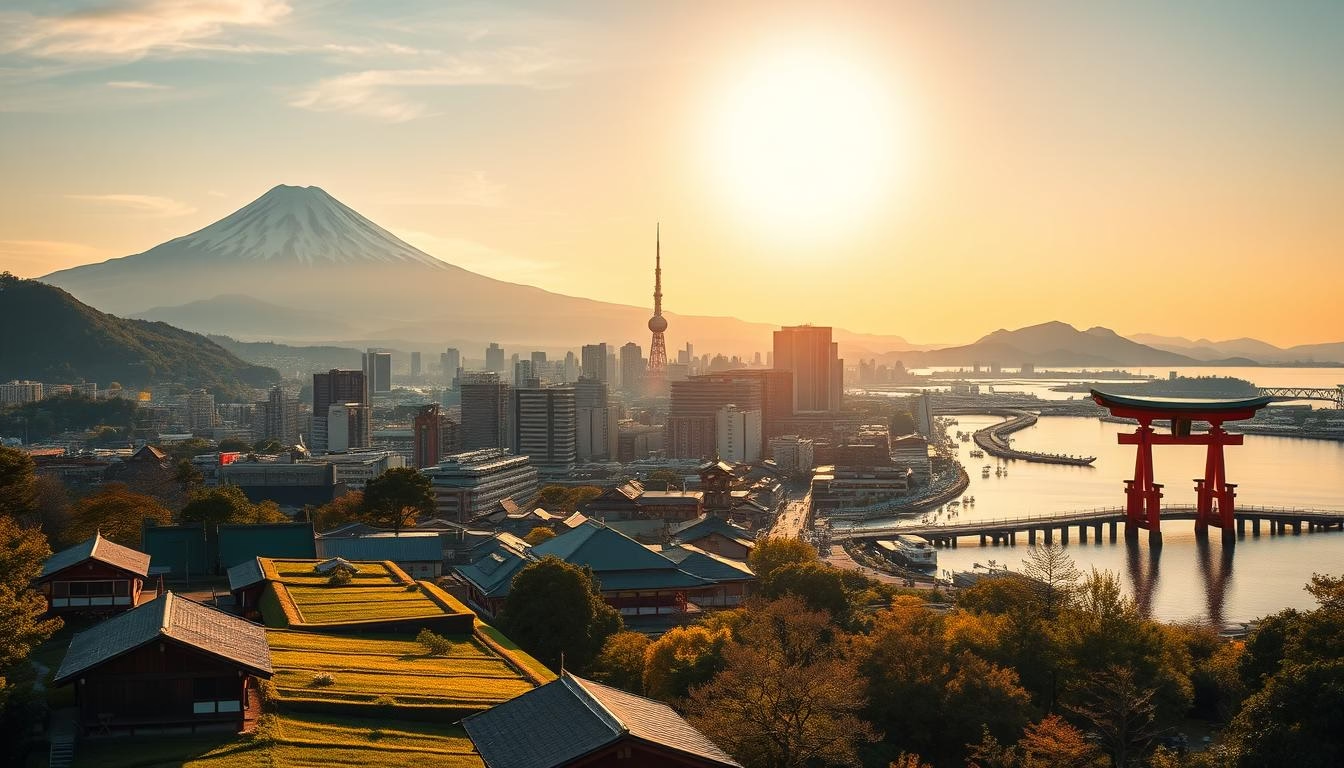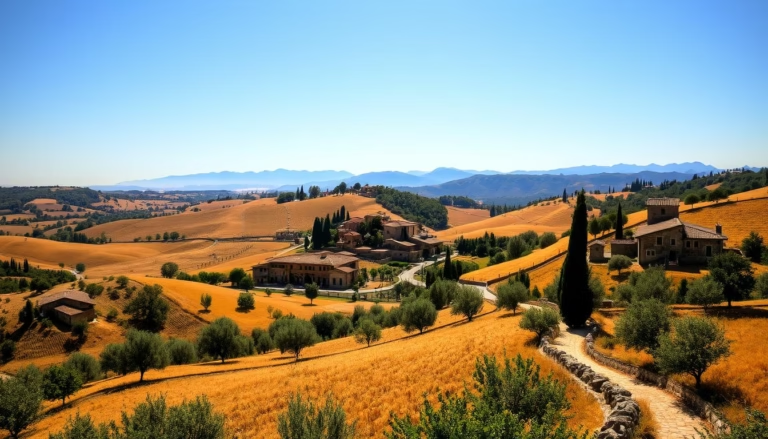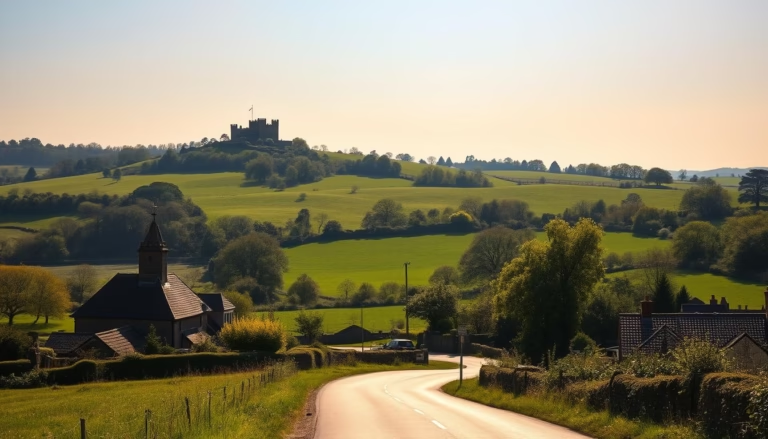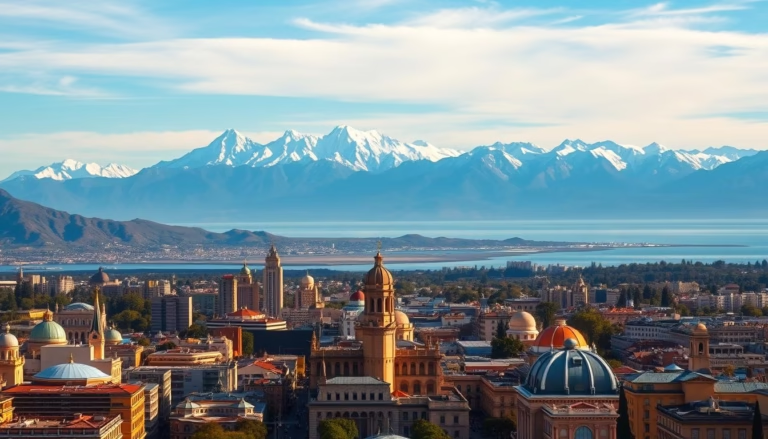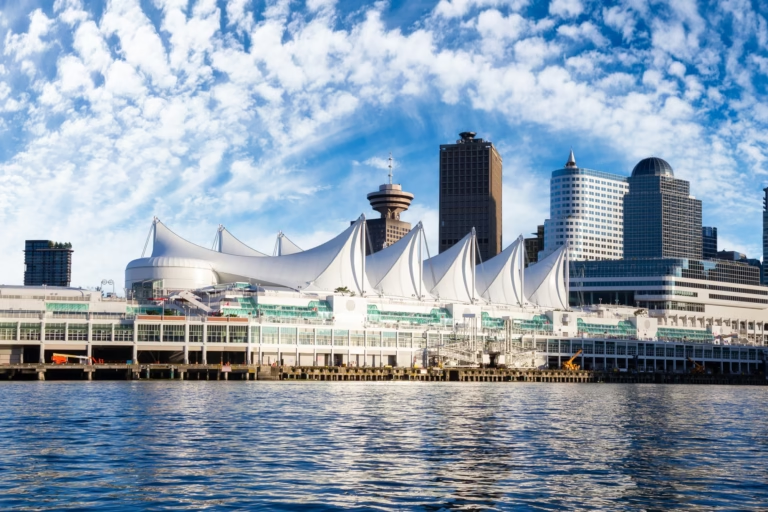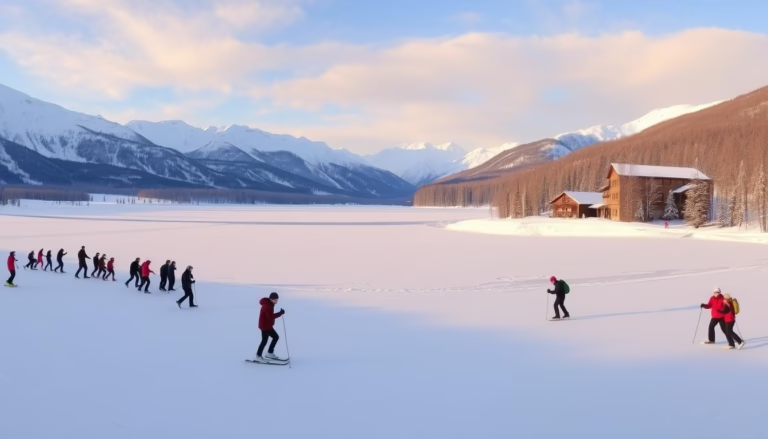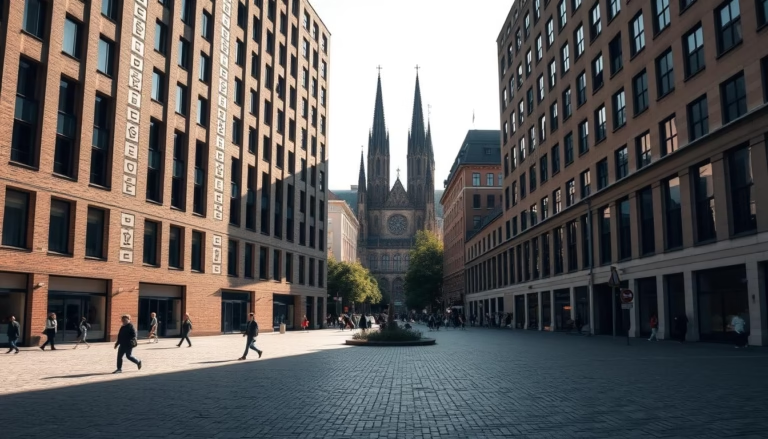Best Cities to Visit in Japan: Top Travel Destinations
Imagine a place where ancient shrines stand beside neon skyscrapers, and tranquil bamboo forests exist minutes from buzzing urban centers. Japan delivers this magical contrast, offering 47 prefectures with distinct personalities – enough adventures to fill 25+ separate vacations according to tourism researchers.
First-time explorers often focus on Tokyo’s robot restaurants and Kyoto’s golden temples, but the real magic happens when you discover how effortlessly modern life blends with 1,500-year-old traditions. Nighttime food walks through Osaka’s Dōtonbori district reveal why this port city claims the title of “Japan’s Kitchen,” while Hiroshima’s Peace Memorial Park transforms history lessons into powerful human stories.
Beyond these iconic locations, secret treasures await. The Japanese Alps offer hiking trails through landscapes that change with the seasons, while Kanazawa’s preserved Edo-era districts feel like time capsules. Even the less-traveled San’in region surprises visitors with coastal onsens and mythic shrines straight from folklore.
Key Takeaways
- Japan combines ultra-modern innovation with centuries-old traditions in every region
- Lesser-known areas provide crowd-free alternatives to major hubs
- Seasonal changes dramatically impact cultural experiences and scenery
- Efficient rail systems make multi-city itineraries simple to navigate
- Local culinary specialties vary significantly between locations
- Historic sites often carry deep cultural significance beyond their visual appeal
With 94% of travelers rating it exceptionally safe and English signage widely available, this island nation welcomes visitors with unique surprises around every corner. Let’s map out your perfect journey through both essential stops and under-the-radar discoveries.
Exploring the Best Cities to Visit in Japan
Japan’s urban landscapes blend centuries-old customs with cutting-edge innovation. Two locations exemplify this duality better than any others, offering distinct flavors of Japanese life.
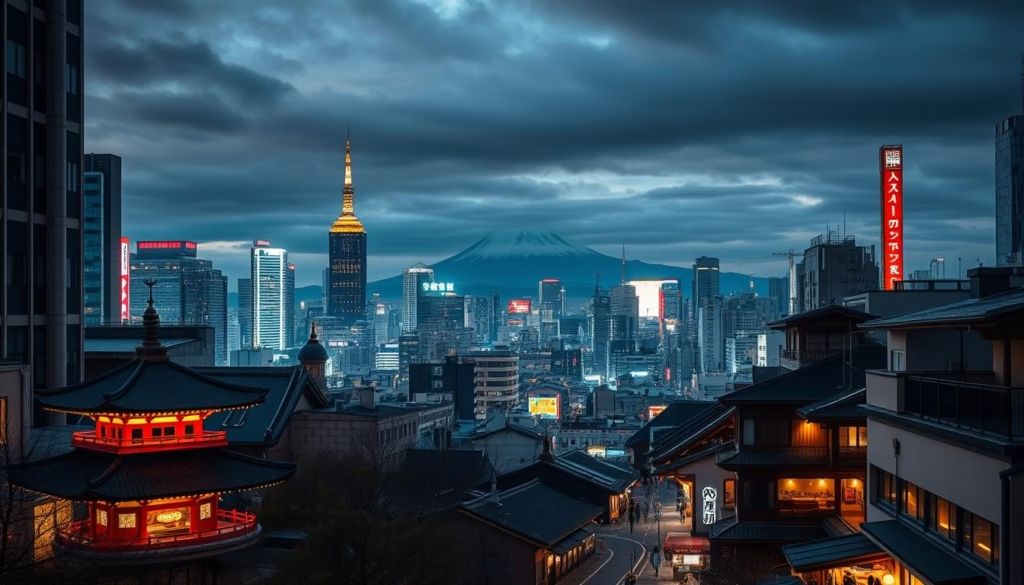
Tokyo: Neon Lights and Cultural Wonders
As the nation’s capital, Tokyo dazzles with districts like Shinjuku’s robot-themed cafes and Asakusa’s historic Senso-ji Temple. The city’s efficient subway system connects time-honored attractions like the Imperial Palace with futuristic sights like teamLab Borderless digital museum.
Food lovers find paradise here – Tsukiji Outer Market serves fresh sushi at dawn, while Michelin-starred ramen shops operate until midnight. For panoramic views, the Tokyo Skytree observation deck reveals Mount Fuji on clear days.
Kyoto: Temples, Shrines, and Timeless Traditions
This cultural heartland preserves Japan’s spiritual heritage through 1,600+ Buddhist temples and Shinto shrines. The vermilion gates of Fushimi Inari create unforgettable walking paths, while Kinkaku-ji’s gold-leaf pavilion reflects beautifully in its mirror pond.
Seasonal transformations elevate Kyoto’s charm. Cherry blossoms frame Philosopher’s Path each spring, while autumn sets Arashiyama’s bamboo grove ablaze with color. Evening tea ceremonies in Gion district complete the traditional experience.
| Tokyo | Kyoto | |
|---|---|---|
| Vibe | Futuristic energy | Historic serenity |
| Must-See | Shibuya Crossing | Kiyomizu-dera Temple |
| Food | Tsukiji Market sushi | Kaiseki multi-course meals |
| Transport | Metro lines | Buses & bicycles |
Dynamic Urban Adventures Beyond the Classics
Japan’s urban tapestry weaves together flavors, history, and innovation in unexpected ways. Two destinations redefine city exploration through unforgettable culinary journeys and moving historical narratives.
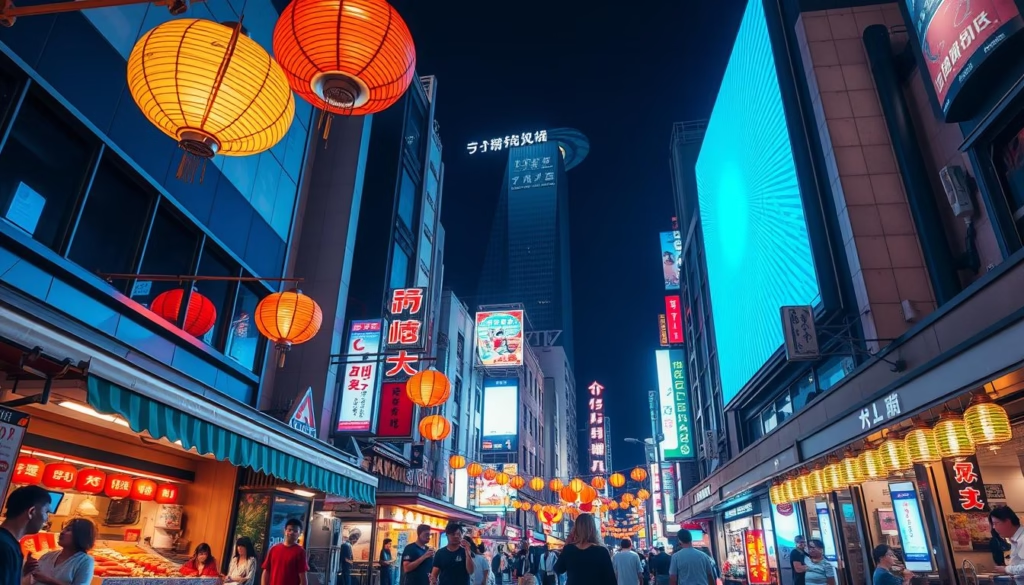
Osaka: A Culinary and Modern Marvel
This city pulses with energy after dark. Street vendors serve sizzling takoyaki – golden octopus balls drizzled with tangy sauce – while neon-lit Dōtonbori canal mirrors the glow of endless eateries. Locals joke, “We bankrupt ourselves with food!” proving their passion for regional cuisine.
Beyond food stalls, Osaka Castle stands as a symbol of resilience. Its reconstructed towers overlook cherry blossom gardens, blending past and present. Friendly residents often recommend hidden izakayas where laughter flows as freely as local craft beers.
Hiroshima and Miyajima: History Meets Beauty
Hiroshima transforms solemn history into hope. The Atomic Bomb Dome’s skeletal remains contrast with vibrant Peace Memorial Park, where origami cranes symbolize renewal. Don’t miss Hiroshima-style okonomiyaki – layered pancakes cooked right at your table.
A 10-minute ferry ride reveals Miyajima island. At high tide, Itsukushima Shrine’s crimson gate appears to float on water. Deer nuzzle visitors along forest trails leading to Mount Misen’s summit. One traveler remarked, “It’s like walking through a living postcard.”
| Feature | Osaka | Hiroshima |
|---|---|---|
| Signature Dish | Takoyaki | Okonomiyaki |
| Top Attraction | Dōtonbori | Peace Memorial Park |
| Day Trip | Universal Studios | Miyajima Island |
Seasonal Splendor and Natural Landscapes
Japan’s landscapes transform dramatically throughout the year, offering fresh wonders with each passing month. Whether you’re chasing pink petals or snow-dusted peaks, timing your trip unlocks unique adventures.
Cherry Blossoms and Autumn Foliage
Spring turns the nation into a living watercolor during cherry blossom season. From late March, sakura blooms paint parks and riverbanks in soft pinks, peaking first in Kyoto’s Higashiyama district. Locals celebrate with hanami picnics beneath flowering branches, sharing laughter and bento boxes.
Autumn rivals spring’s beauty as maple leaves ignite in crimson and gold. Temples like Kiyomizu-dera frame fiery foliage against ancient wooden structures. For hidden gems, explore nature experiences in lesser-known valleys where crowds thin and colors intensify.
Winter Onsen Retreats and Mountain Views
When snow blankets Hokkaido, skiers flock to Niseko’s legendary powder slopes. Soak sore muscles in outdoor onsens like Tohoku’s Tsuru no Yu, where steam rises through falling snowflakes. Don’t miss Mt. Zao’s “Snow Monsters” – ice-coated trees resembling mythical creatures.
Summer brings lavender carpets to Furano and the surreal Blue Pond in Biei. Each season carves new ways to connect with Japan’s wild beauty, proving there’s never a wrong time to visit – just different shades of magic.
Off the Beaten Path: Hidden Gems of Japan
Beyond Japan’s iconic skylines lies a quieter world where traditions thrive amid untamed landscapes. These regions reveal the country’s soul through winding mountain trails, centuries-old crafts, and natural phenomena that defy imagination.
Exploring the Japanese Alps and Kanazawa Charm
The Japanese Alps beckon hikers with the Nakasendo Trail, a 17th-century trade route connecting preserved post towns. In Takayama, wooden merchant houses line streets unchanged for 300 years, while Matsumoto Castle stands as one of Japan’s oldest original fortresses.
Kanazawa earns its “Kyoto of the North” nickname through Kenroku-en Garden – where snow-draped pines create winter wonderlands. Don’t miss Nagamachi’s samurai residences or the geisha performances in Higashi Chaya district. As one local artisan shared, “Our gold leaf craftsmanship has gilded temples for centuries – now it adorns modern art.”
Discovering Rural Delights in Shikoku and Tohoku
Shikoku island delivers contrasts: the swirling Naruto Whirlpools collide with Matsuyama’s Dogo Onsen, said to inspire Studio Ghibli films. Foodies savor Takamatsu’s udon noodles, prepared using ancestral techniques.
In Tohoku, winter transforms Mount Zao’s trees into icy “Snow Monsters” – best viewed from Tsuru no Yu’s steamy outdoor baths. Come spring, Hirosaki Castle becomes a sakura wonderland with 2,500 blooming trees. For off-the-beaten-path discoveries, these places offer cultural immersion without crowds.
| Region | Unique Experience | Travel Tip |
|---|---|---|
| Japanese Alps | Nakasendo Trail walk | Stay in traditional ryokan inns |
| Kanazawa | Gold leaf workshops | Visit Omicho Market at dawn |
| Shikoku | Pilgrimage temple route | Try sudachi citrus desserts |
| Tohoku | Zao Onsen snow trek | Pack thermal layers |
Immersing in Japan’s Unique Cultural Experiences
Japan’s heartbeat pulses through rituals, flavors, and creative expressions that shape daily life. To truly connect, travelers must embrace both visible attractions and subtle social codes.
Traditional Temples, Shrines, and Local Etiquette
Sacred spaces demand mindful behavior. Before entering temples, cleanse hands at stone basins using bamboo ladles – left, right, then left again. Remove shoes where tatami mats appear, and avoid pointing feet toward altar areas. Locals appreciate quiet voices near shrines, especially during morning prayers.
Carry coins for offerings and crisp bills for street food – many vendors don’t accept cards. Remember: tipping confuses staff, but slurping ramen earns chef approval!
Experiencing Art, Cuisine, and Daily Life
From Kyoto’s indigo dye workshops to Tokyo’s digital art museums, creativity thrives everywhere. Join a tea ceremony to understand wabi-sabi – finding beauty in imperfection. Sleep in ryokans where futons replace beds, and multi-course kaiseki meals become edible poetry.
Ride the famed Shinkansen to explore efficiently. As one traveler noted, “The bullet train turns sightseeing into a time-travel adventure.” Whether savoring matcha or navigating subway etiquette, every moment deepens your cultural connection.
